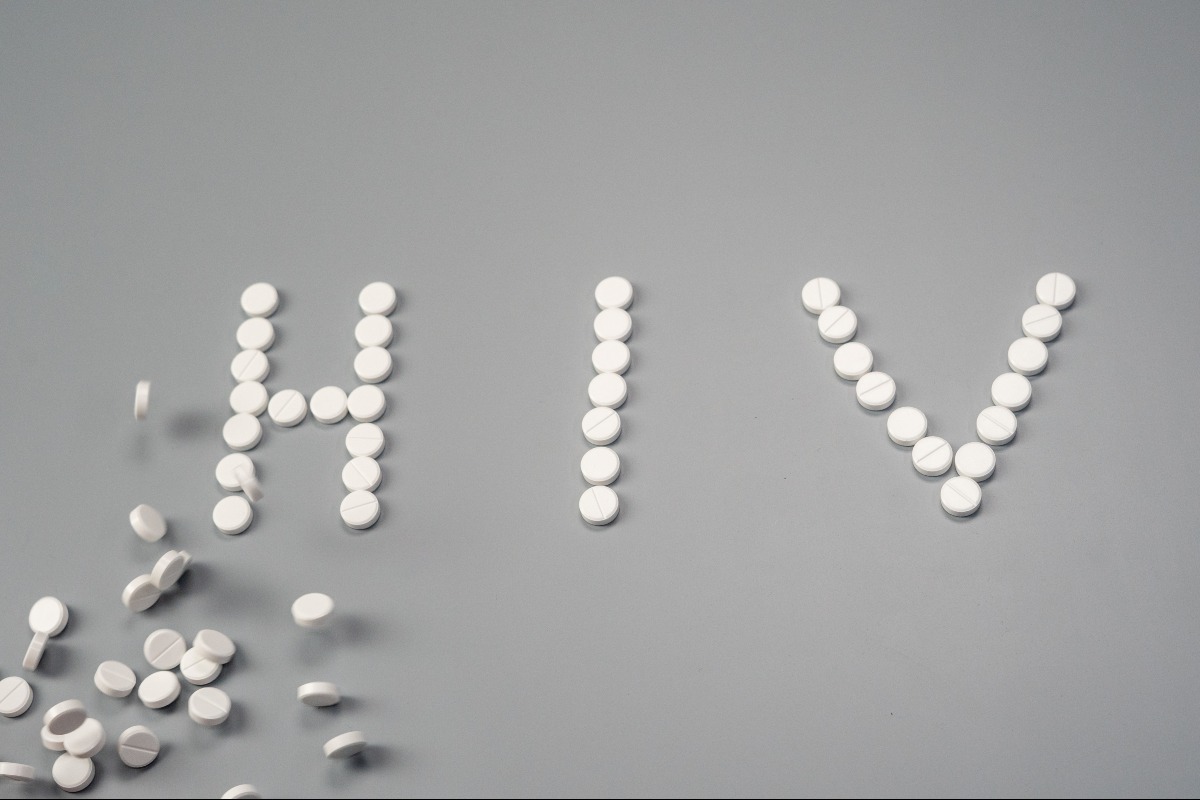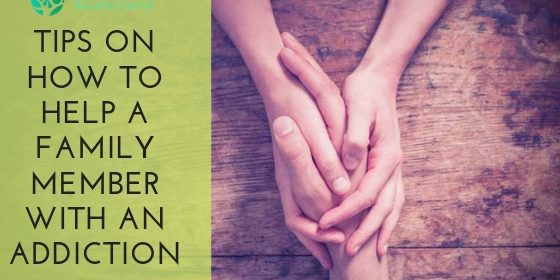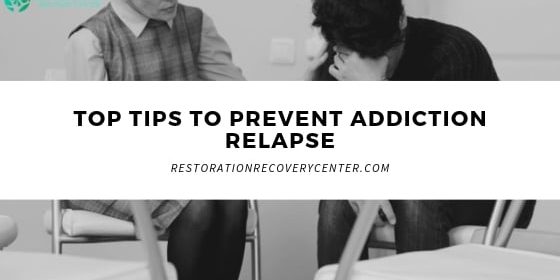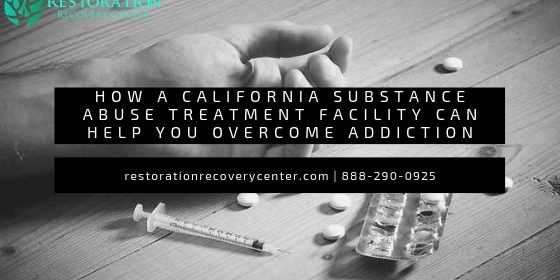Managing HIV Symptoms in Recovery
Recovery is about learning how to better manage your overall well-being. This includes your mental, physical, and spiritual health. Physical chronic disorders such as AIDS/HIV have a high comorbidity with substance use disorder (SUD). People with chronic health problems sometimes resort to self-medicating with substances when they don’t feel like they have other options for managing their symptoms. Learning how to manage AIDS/HIV symptoms in recovery can help people resist cravings and prevent relapse.
What’s the Difference Between AIDS and HIV?
HIV stands for “human immunodeficiency virus.” It is a virus that makes a person more vulnerable to other infections and diseases by attaching itself to cells that help the body fight infections. AIDS, which stands for “acquired immune deficiency syndrome,” is the last stage of an HIV infection. This stage is defined by the amount of damage in the immune system caused by HIV. Defining features of HIV progressing to AIDS include one of the following:
- The number of CD4 cells falling below 200 per cubic millimeter of blood
- Developing one or more opportunistic infections such as herpes (viral infection), salmonella infection (bacterial infection), candidsais (fungal infection), toxoplasmosis (parasitic infection), pneumocystis pneumonia (lung infection), tuberculosis (bacterial infection)
Due to modern treatment, most people’s HIV doesn’t develop into AIDS unless their HIV goes undiagnosed. Without medication, a person diagnosed with AIDS will have about a three-year life expectancy. However, entering this phase does not mean that treatment won’t be effective, but the sooner a person receives HIV treatment, the better they will be able to manage HIV symptoms.
History of AIDS
The first known report of what is now referred to as the AIDS epidemic was in 1981. HIV was first identified in Los Angeles among gay men and quickly spread to other metropolitan cities and communities. In the late 1980s and early 1990s, the Centers for Disease Control and Prevention (CDC) analyzed that AIDS transmissions were high among homosexual men, drug users, Haitians, and people with hemophilia. During this time, AIDS transmissions and deaths increased, and in 1992 it became the number one cause of death among U.S. men ages 24-44. In 1997 AIDS deaths declined due to prevention guidelines and education. However, it was not until 2004 that the CDC released the antiretroviral therapy (ART) program to effectively manage AIDS symptoms.
Treatment for HIV Symptoms
No medication can cure HIV. However, through ART, people with HIV can use viral suppression medications to reduce the virus in the bloodstream. When taken correctly, a person can reduce HIV to be undetectable in a lab. People who abide by HIV treatment can live long and healthy lives and may not even be at risk of transmitting the virus to other people.
There are also preventative measures that can be taken to protect people from getting HIV. Primarily, HIV is transmitted through sex or drug use. Preventive measures a person can take include using protection when engaging in sexual activities and using clean needles when injecting substances. PrEP (pre-exposure prophylaxis) can be prescribed as a preventative HIV medication. This medication can stop HIV from attaching itself to the bloodstream and spreading throughout a person’s body.
Higher Risks for People in the LGBTQ+ Community
The LGBTQ+ community is disproportionately at a higher risk for getting HIV than the general population. About half of the people with HIV are gay and bisexual men. Many identifying gay or bisexual men might get HIV from homosexual or heterosexual sexual contact or from used needles related to injection drug use.
People who identify as part of the LGBTQ+ community are also more likely to develop SUD due to the stigma and discrimination they face. This puts them at a higher risk of injecting drugs and sharing needles, thus putting them at a higher risk of getting AIDS.
Complications of Managing HIV Symptoms in Recovery
Some people who have HIV don’t experience any symptoms, especially if they receive appropriate treatment. HIV symptoms can be chronic, and people may be tempted to self-medicate their symptoms. People with chronic mental or physical symptoms are at a higher risk for developing SUD. Different stages of HIV bring about different symptoms. Some symptoms of acute HIV include:
- Fever
- Chills
- Rash
- Night sweats
- Muscle aches
- Sore throat
- Fatigue
- Swollen lymph nodes
- Mouth ulcers
These symptoms can last anywhere from a few days to several weeks. Treatment for HIV is essential for someone in recovery to properly manage HIV or SUD symptoms. It is impossible to ignore HIV symptoms during recovery treatment because a person’s physical and mental health are connected. They both affect one another.
The stigma that surrounds HIV can cause a person to feel shame, which also might affect their recovery. Learning emotional management tools and attending psychotherapy can help someone have a new perspective on their HIV and relieve them from the pressures of stigma. Psychotherapy treatment could include cognitive-behavioral therapy (CBT), motivational interviewing (MI), or dialectical behavior therapy (DBT).
Educating yourself on treatment for HIV symptoms can help you manage your physical, substance use disorder, and mental health symptoms. HIV treatment can effectively reduce or fully mitigate HIV symptoms. Restoration Recovery Centers understands the role chronic illness plays in SUD. Our staff members have the resources to treat comorbidities of HIV and SUD with an understanding of how detrimental untreated HIV can be to your life. We value you as the complex person you are and want to create a treatment plan that honors your uniqueness. If you or someone you know is struggling with substance use, call (888) 290-0925 to learn how Restoration Recovery Centers can help you restore your life’s purpose and heal from addiction.






